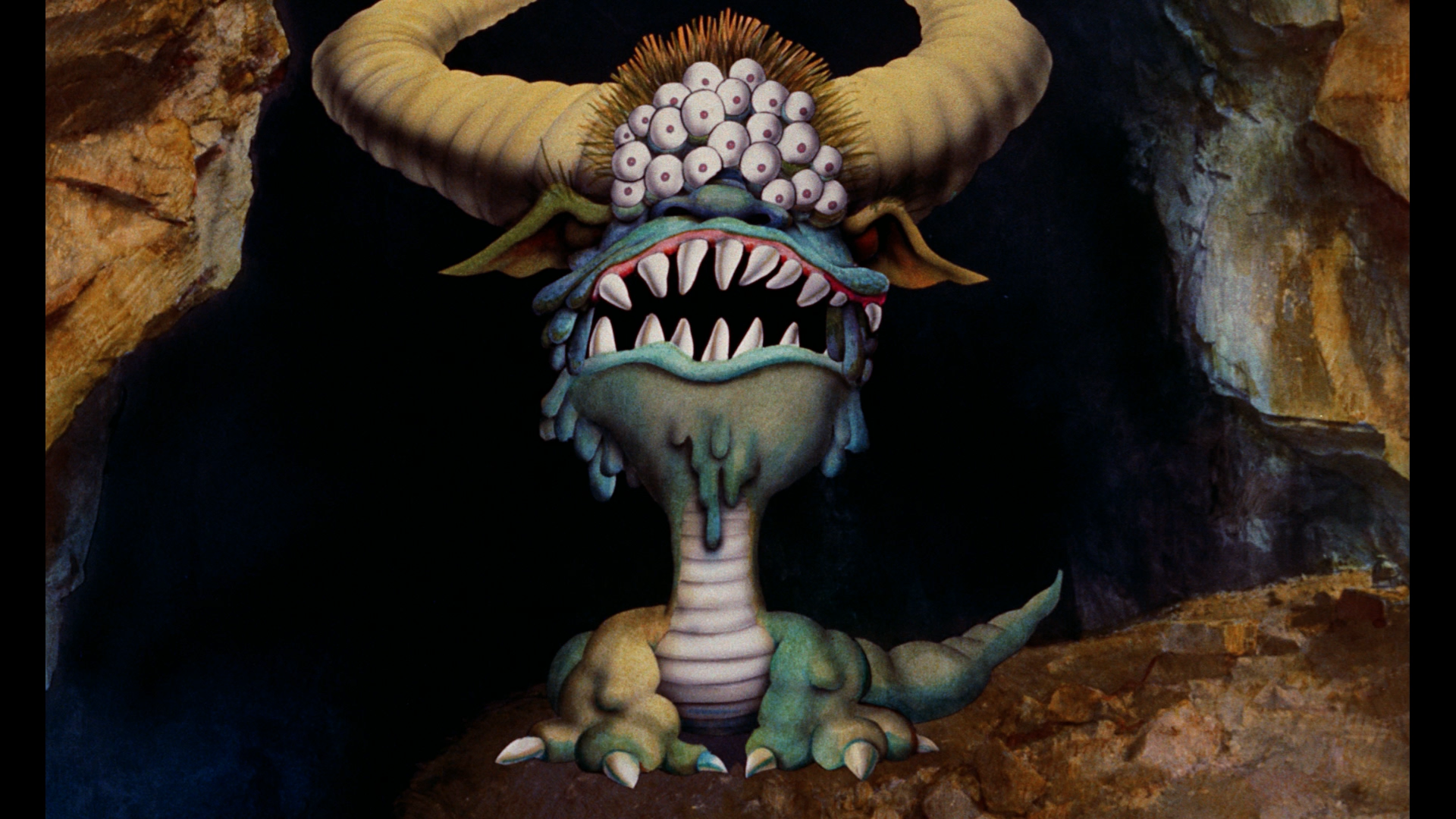Monty Python and the Holy Grail was first released in 1975 with a budget of less than half a million dollars. To this day I am baffled that one of Britain’s finest comedy groups was able to craft a movie that long ago, with a budget that small, and still have audiences laughing in the theater to the Knights of Ni and the Holy Hand Grenade. More importantly, Holy Grail is a classic example of a movie that relies more on content than bells and whistles. Instead, audiences can sit back and enjoy the ridiculousness.
Aside from being able to see an older film on the big screen at the Michigan Theater, one of the biggest treats of the film was Terry Gilliam’s commentary on lost animation footage before the film began. With a characteristically dry sense of humor, Gilliam describes the process of animating the film and where the creators found their inspiration. He explains that most of the images were lifted from an old book that contained nothing but the illustrations of bored monks in the medieval ages. Additionally, Gilliam’s emphasis on the amount of time and work required to redraw images for each frame reminded me of the toils of animation before the age of computers. Best of all, the pre-movie showing included an animation sequence that was removed from the film: Sir Robin’s animated introduction.
The film itself never gets old. Although most of the sketches contain underlying sexual undertones and scores of violence, the film never issues profanity or excessive sexuality. Rather than gross-out humor common of modern films, The Holy Grail relies on hilarious sketches such as the Black Knight (‘tis only a flesh wound!), King Arthur’s inability to say the word three, Sir Lancelot’s slaying of half a wedding party, and Sir Galahad’s “capture” at Castle Anthrax. Of course there is also the distinction between an African Swallow and a European Swallow. What is the average air speed anyway?
One thing I never noticed before in the film are the sweeping landscapes and well-crafted sets. Gilliam truly had an eye for what looks good on film and this shows especially in views of castles and dirty villages. Even the camera moves fluidly through swamp and forest as it follows the knights and minstrels along on their quest. Subtle filmmaking techniques like this make Monty Python and the Holy Grail not only a great comedy, but a great film.


